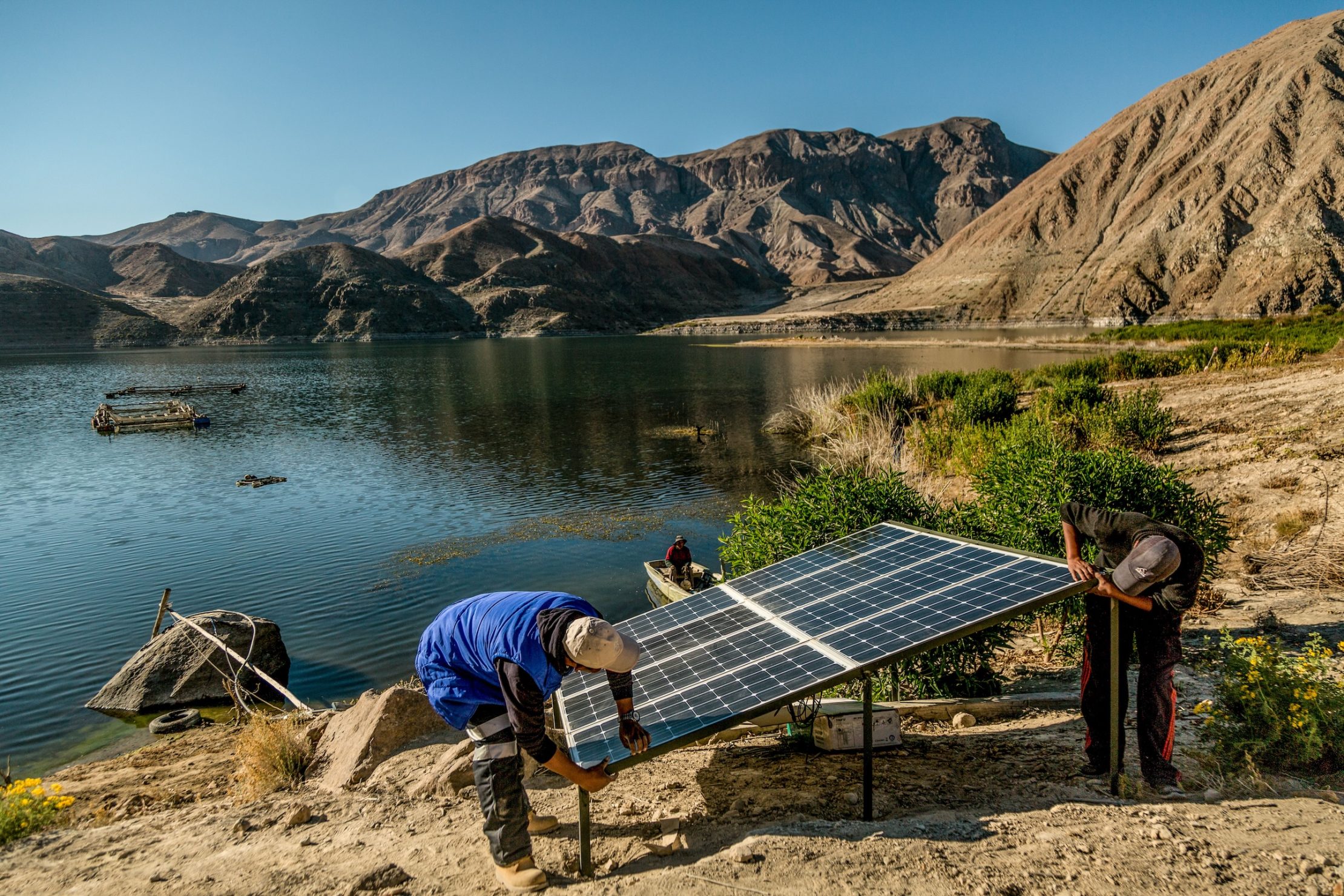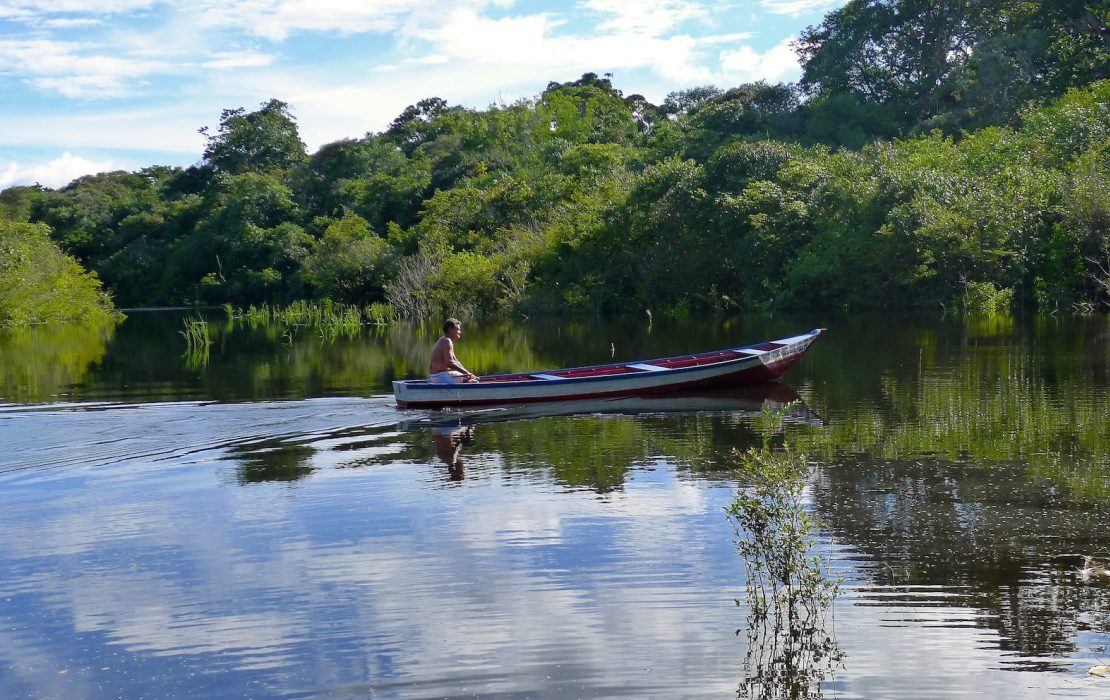
Photo credit: UNDP Peru
The course will help government officials, decision makers and technicians prepare for implementing a voluntary carbon footprint measurement scheme in their countries.
Despite ongoing efforts, the world is still on track for 2.4°C warming by 2030 based on current commitments to the Paris Agreement. Due to the reality of this trajectory, actions to slow the advance of climate change have entered a critical decade of action, in an attempt to keep temperature rise below 1.5°C and reach carbon neutrality by 2050. To achieve this, the world must half global greenhouse gas (GHG) emissions by 2030.
The shift towards a decarbonized economy contained in National Determined Contributions (NDCs) is, nowadays, technologically and even financially possible. Emissions mitigation and neutralization is becoming a priority for the whole economy, enabling a broad approach that promotes genuine emission reduction efforts across a large and diverse number of GHG-emitting sectors. What is needed is robust guidance from all sectors which can lead –and even demand– an accelerated transition to curb and lessen the occurrence of climate impacts. The private sector, coupled with increased awareness of society to decarbonization pathways, especially young people, can help enable the required changes.
Voluntary carbon footprint programmes can be part of the solution, funnelling voluntary efforts from the public and private sectors to reduce emissions onto platforms where such actions can be quantified and recognized.
UNDP has been supporting the implementation of National Voluntary Carbon Footprint Programmes in several countries in Latin America, such as Chile, the Dominican Republic, Ecuador, Panama and Peru.
About the course
Based on these experiences, UNDP consolidated lessons learned into the "Guide for the Implementation of National Voluntary Carbon Footprint Programmes in Latin America." This guide describes technical and administrative aspects of these platforms, providing governments that are new to this process with a detailed roadmap for the implementation of similar models tailored to their particular needs. The guide acts as a key resource to benefit future initiatives in the region and beyond.
To go one step further and reach wider audiences, UNDP has used the information from the guide to develop an e-learning course, making the information more accessible and easier to understand for those interested in implementing this type of initiative. This self-paced course covers the theoretical basis, stages of design and implementation, costs, financing mechanisms, and benefits of developing a voluntary national carbon footprint programme.
The course will build capacity of multiple stakeholders. For government officials, decision makers and technical experts, it will strengthen their ability to prepare for the challenge of implementing a voluntary carbon footprint measurement scheme in their countries. For the private sector, it will increase understanding around how climate action can contribute to business development. For the general public, it will raise awareness around the theoretical foundations of carbon footprint measurement and its role in climate action.
Participants can opt to take the training in English, French or Spanish.
How to enrol
To enrol in the course, please follow these steps:
- Create an account on UNDP Learning for Nature platform here.
- Activate your account from the e-mail message you receive from the platform.
- Sign in to Learning for Nature here.
- Go to the course page here.
- Click Enrol to register for the course.
The Spanish version is available here.
The French version is available here.
For detailed reading and references, we recommend accompanying the online course with the reading of the guide.

